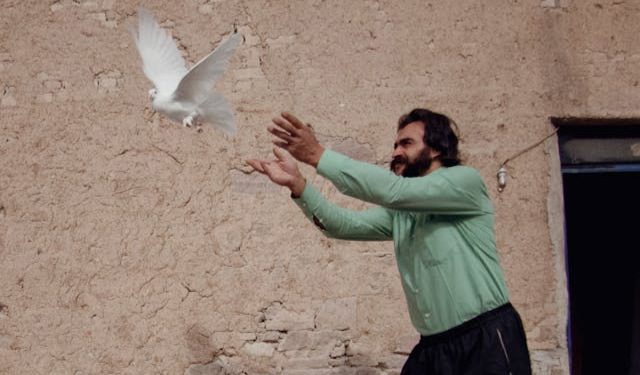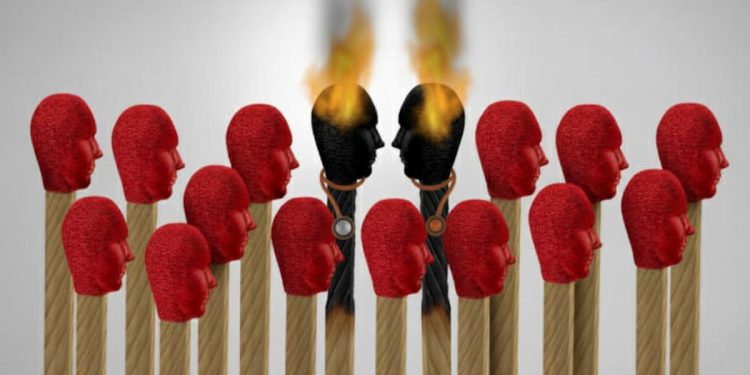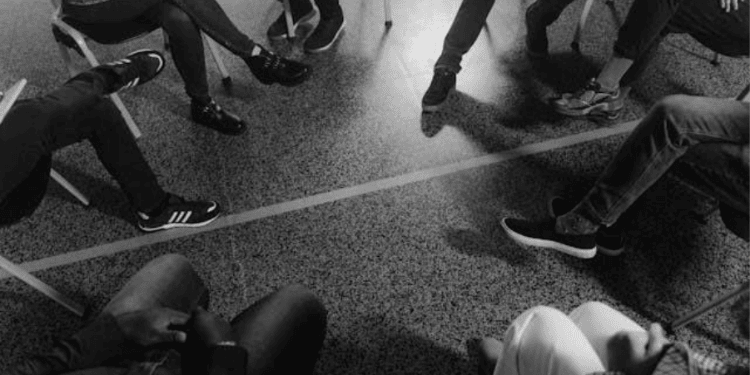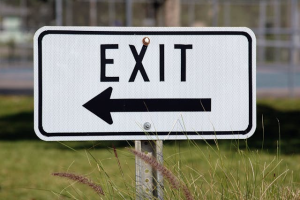
The power of letting go: What an ICU doctor taught me about surrender
Instead of the usual venting, sharing, and nodding in quiet solidarity, we turned the spotlight onto a book—The Art of Surrender by Dr David Hawkins.

Instead of the usual venting, sharing, and nodding in quiet solidarity, we turned the spotlight onto a book—The Art of Surrender by Dr David Hawkins.

We heal others best when we heal ourselves. The culture of self-sacrifice in medicine is killing us—and our patients. Rest isn’t lazy. It’s medicine.

Healthcare private equity consolidation promises efficiency but often leaves doctors with more admin, less autonomy, and higher burnout.

When doctors care for themselves, they care better for others. Explore the importance of self-care and well-being in the medical profession.

Has medicine lost its soul? This blog examines how commercialization and modern pressures may be reshaping the true purpose of healthcare.

Medical ethics must adapt to today’s digital world. This blog explores how technology reshapes care, privacy, and the doctor–patient relationship.

Every year, thousands of physicians quit their jobs leaving hospitals, clinics, and academic centers behind. When they go, most organizations conduct exit interviews to gather feedback on salary, workload, or management. But there’s a deeper conversation that almost never happens: the emotional exit interview. This is the chance for doctors to honestly express how their hearts have been bruised by the very profession they once loved—and for institutions to learn what truly drives physicians away.

Burnout in medicine is often described as the invisible epidemic, a silent crisis

Many physicians stay in their roles but have quietly “quit” in spirit—going through the motions while their passion and engagement vanish.

Let me confess something that might sound ridiculous coming from a doctor: for most of my career, I treated rest like a threat. A sign of weakness. A guilty pleasure to be earned only after I’d answered every email, seen every patient, signed off every note, and probably rotated the tires on someone else’s car just to be safe.

Is the motive behind resilience training to retain staff so that the system can continue to stay revenue-positive, or is it an investment in the ultimate resource of medicine, the human one?

I am just a physician who has spent 20+ years in the ER, had a few leadership roles along the way (which makes for a mildly robust LinkedIn profile), and nurtured some wisdom too. I think that is enough.

After burning out, I learned that chasing a perfect 50/50 work-life balance is unrealistic—especially in medicine. Instead, I now embrace asymmetric balance, where some days work wins, and others, life does.

Psychological safety, defined as a shared belief that the team is safe for interpersonal risk-taking, is a critical component of effective healthcare delivery. Yet, numerous reports and studies indicate that a lack of psychological safety persists in many healthcare settings, leading to adverse outcomes for both patients and providers.

The cost of physician burnout and mental illness extends beyond individual suffering; it significantly impacts healthcare organizations’ financial health. Yet investing in mental health support for physicians yields significant returns.

Despite the availability of traditional support systems like Employee Assistance Programs (EAPs) and institutional wellness initiatives, a significant number of physicians continue to grapple with burnout, depression, and other mental health challenges. This disconnect prompts a critical examination of why these support structures often fall short for those in the medical profession.

In the corridors of our hospitals and clinics, a silent crisis persists—one that affects not only the well-being of our physicians but also the quality of care provided to patients.

When an institution signs up with us during the month of May, we will provide three months of free institutional access to our anonymous meetings from June through September.

Research suggesting low rates of help-seeking behavior among physicians. Yet an encouraging recent study showed that some 70% of physicians would engage with a professional coach. We argue that this openness to coaching provides a much-needed support system and a potential solution to the current pandemic of physician burnout and suicide.

In this article, we examine the evidence base for physician coaching and wellbeing, how to find a good coach, and how to tell if they’re right for you. We also note a caveat around the need for systemic change – a white coat revolution if you will – to address the underlying toxicity of modern medicine causing so much physician distress, burnout, and moral injury.

There is clearly no quick fix to the underlying causes of moral injury in healthcare. This is not a war where a ceasefire can be declared.
So, how do we try to move from the collective moral injury experience of physicians to a systematic change in the structure of medical practice?